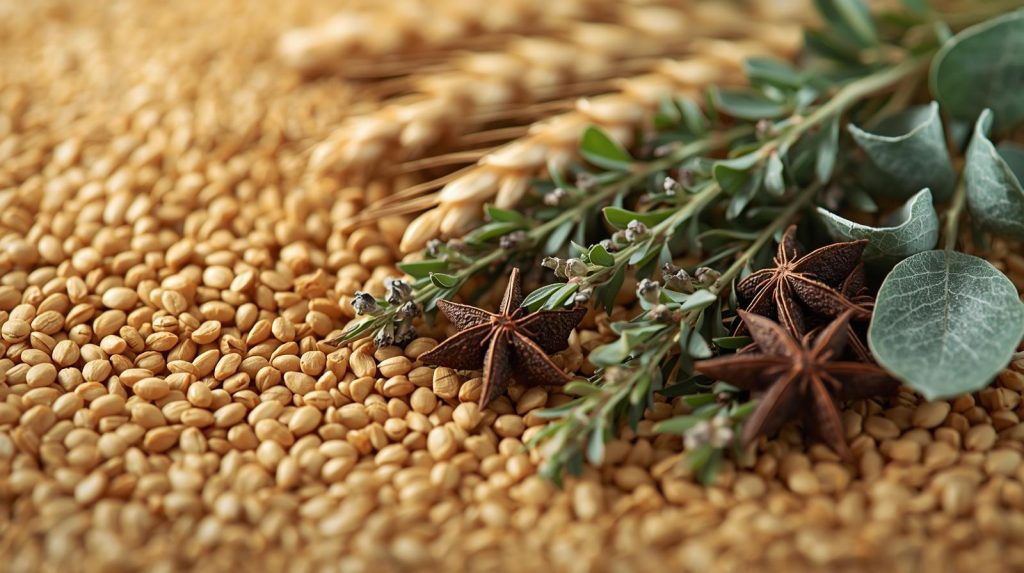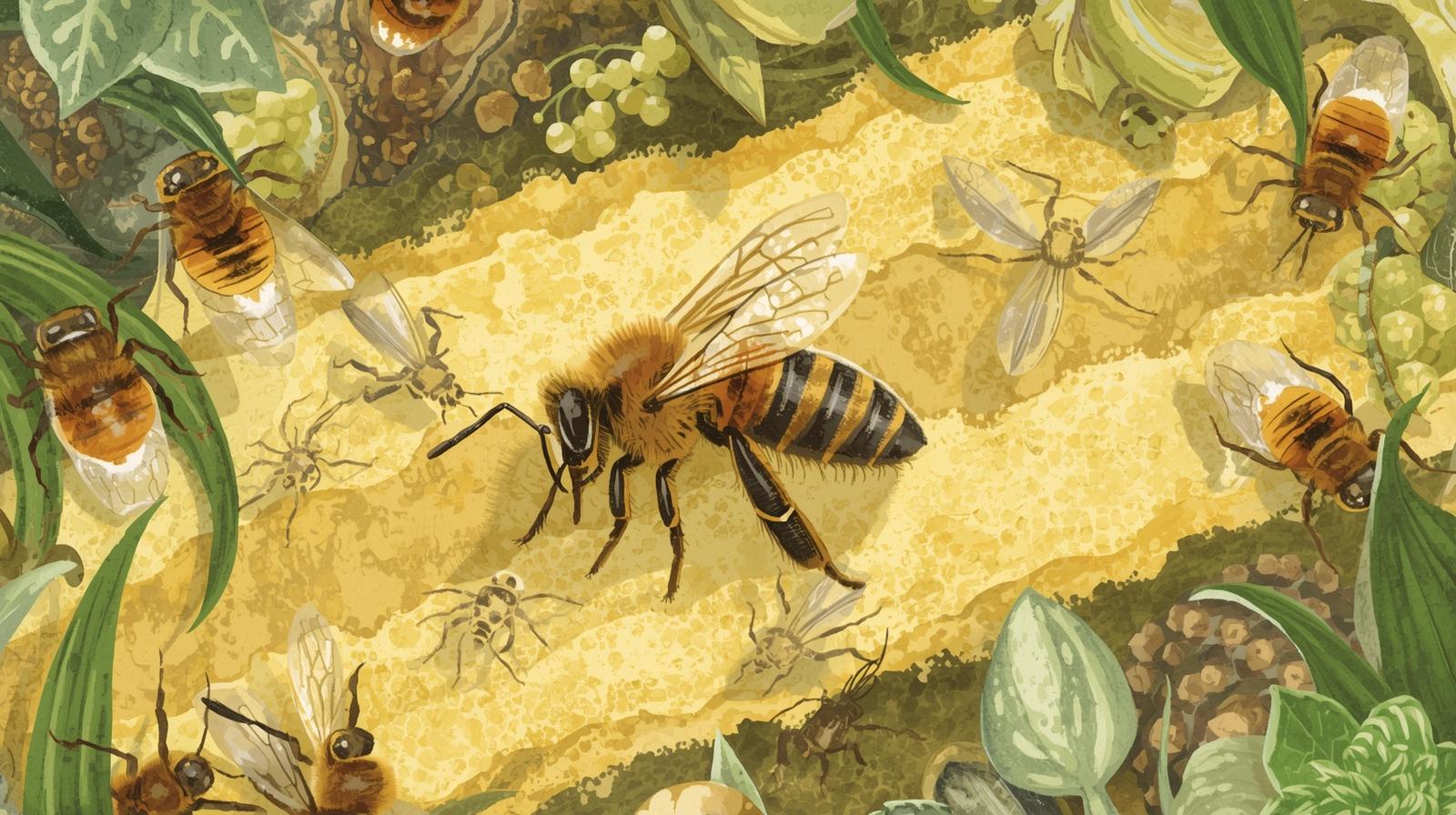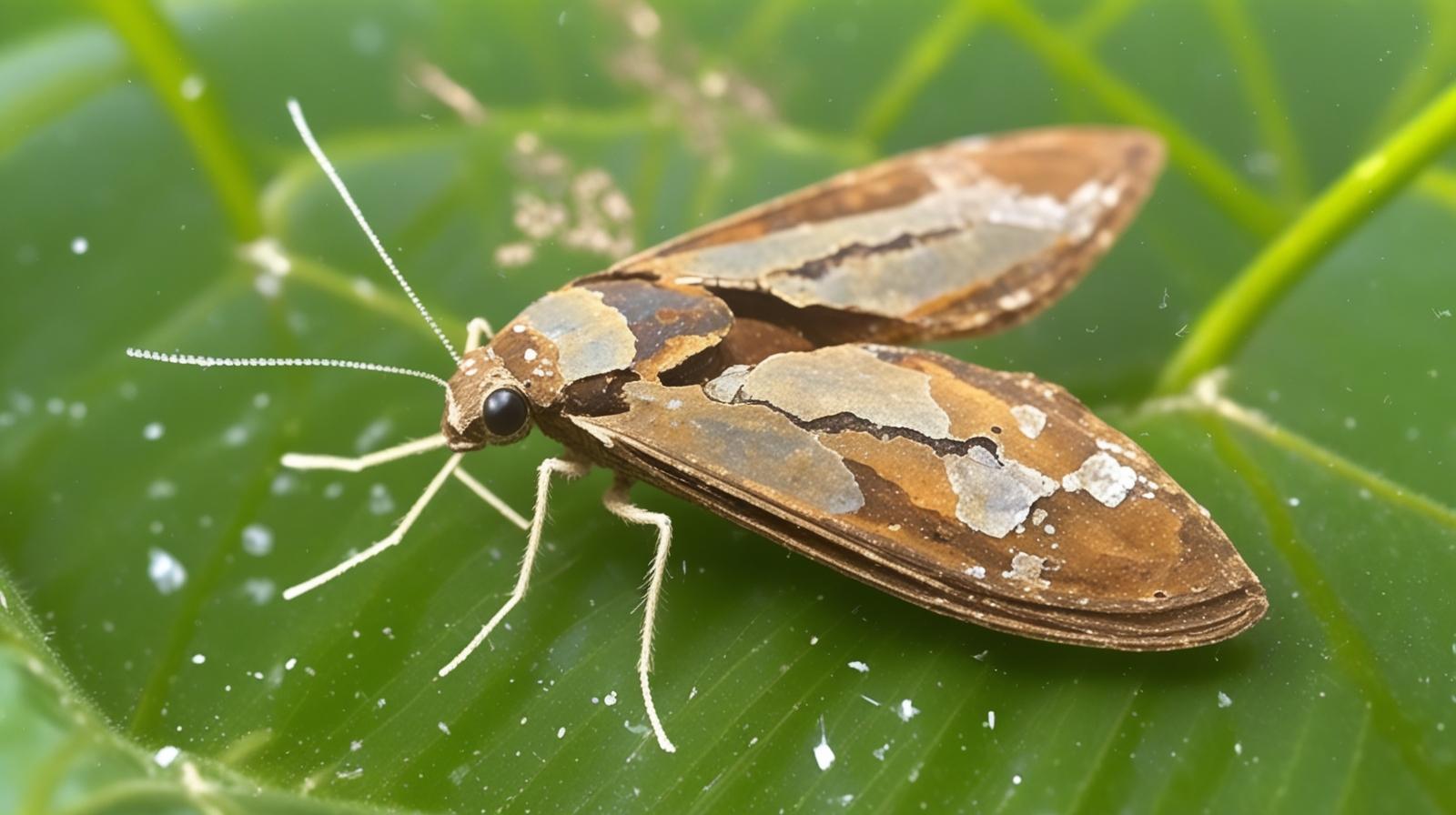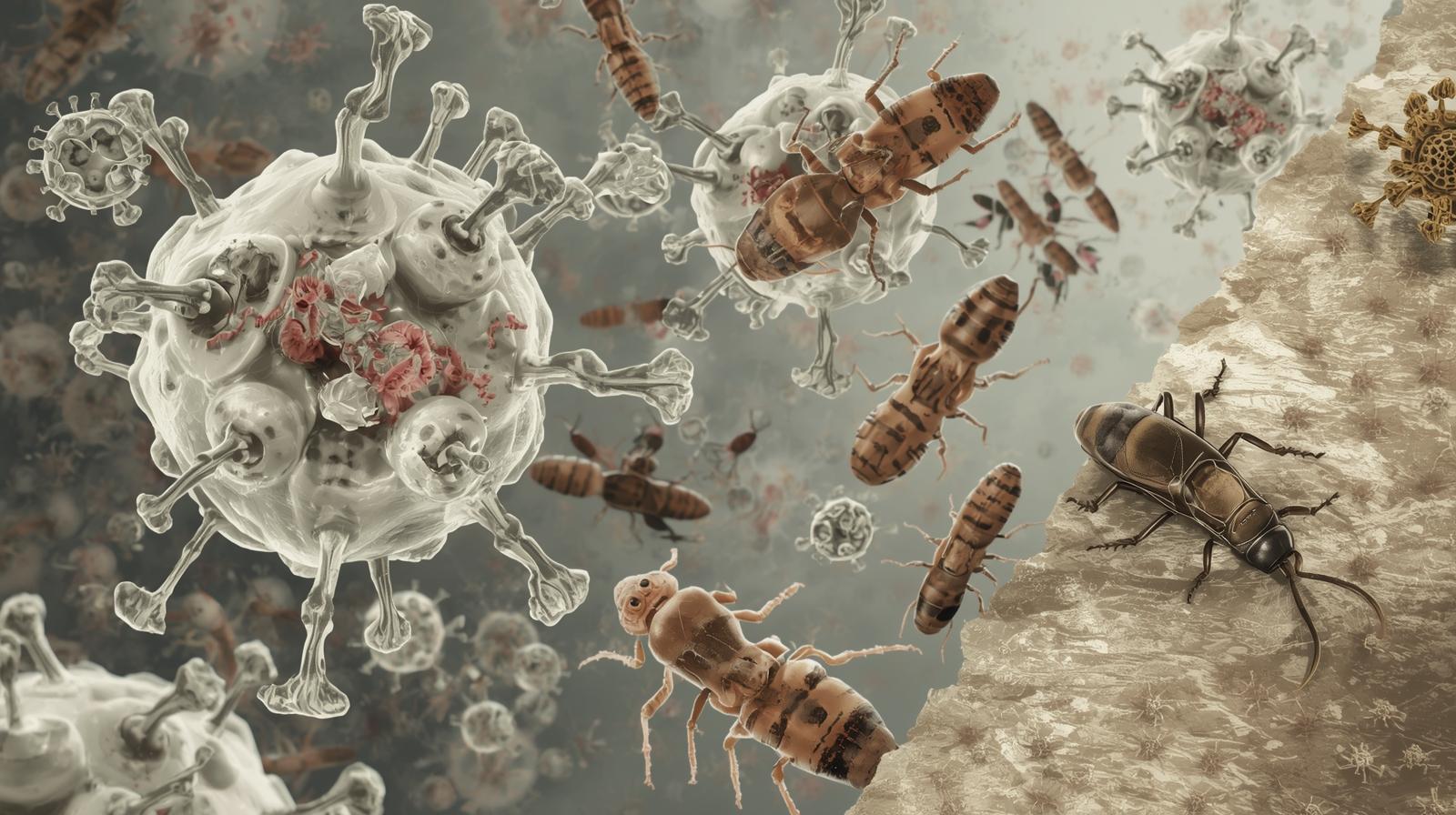Introduction: A Growing Food Security Challenge
Each year, millions of tons of grains are lost due to insect infestations during storage — a silent crisis that undermines food security. For decades, phosphine fumigation has been the go-to solution for protecting stored products. However, rising insect resistance threatens its effectiveness. A new sustainable alternative is emerging — the synergistic combination of phosphine and plant-derived essential oils.
The Science Behind the Synergy
According to a recent review published in the Journal of Crop Health (2025), integrating essential oils (EOs) — like clove, thyme, and eucalyptus — with phosphine can dramatically enhance pest control efficacy.
Phosphine disrupts insect respiration by targeting mitochondria, while essential oils impair neural and enzymatic functions. Together, they create a dual biochemical attack that enhances mortality and slows resistance development.
Example: Essential oils rich in thymol and carvacrol restore phosphine susceptibility in resistant beetles such as Tribolium castaneum and Sitophilus oryzae.
Why Botanical Fumigants Are the Future
Essential oils are biodegradable, eco-safe, and residue-free, aligning with consumer demand for greener pest management. They also possess antimicrobial and antioxidant properties, making them suitable for active food packaging to extend shelf life.
Recent innovations in nanoencapsulation and bio-polymer films now allow controlled release of essential oils, maintaining fumigation efficiency while minimizing odor transfer or residue concerns.
Sustainability and Policy Implications
The combination of phosphine and EOs supports UN Sustainable Development Goals (SDG 2 & 12) by promoting responsible pesticide use and food loss reduction. Policymakers and research institutions are now urged to:
- Develop standardized EO formulations
- Establish regulatory guidelines for combined fumigant use
- Encourage local EO production for rural economic development
Did you know? Locally sourced essential oils could reduce postharvest grain losses by 30% in tropical regions — boosting both farmer income and food availability.
Challenges and Future Directions
While the synergy is promising, challenges remain:
- EO volatility and sensory effects on grains
- Inconsistent field performance due to environmental variability
- Lack of standardized protocols for EO-phosphine combinations
Future research should integrate omics technologies and smart fumigation systems for real-time pest management and sustainability optimization.
Conclusion: A Natural Step Toward Sustainable Food Protection
The phosphine-essential oil synergy offers a powerful, eco-conscious way to protect food reserves, cut chemical dependency, and ensure long-term agricultural resilience. By combining traditional chemistry with nature’s defense mechanisms, scientists are crafting the future of sustainable pest management — one grain at a time.
Reference
Hashem, A. S., Abdelwahab, A. H., Shahat, M. A. M., Alharbi, J., Alhamadi, K. J., Khalil, F., Al-Rashidi, H. S., Alghamdi, T., Mahyoub, J. A., & Aljameeli, M. M. (2025). Synergistic Use of Phosphine and Botanical Fumigants: A Sustainable Strategy for Pest Resistance Mitigation and Postharvest Food Protection. Journal of Crop Health, 77(5), 166. https://doi.org/10.1007/s10343-025-01229-2







